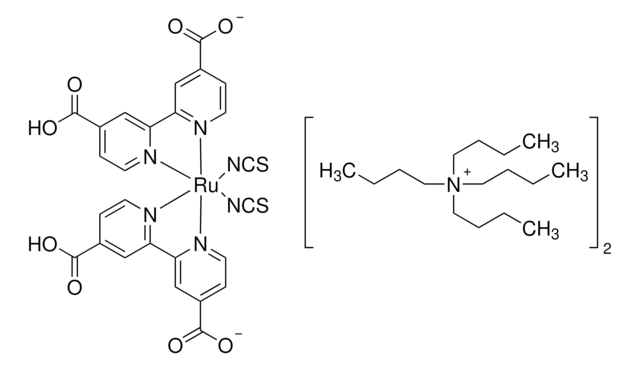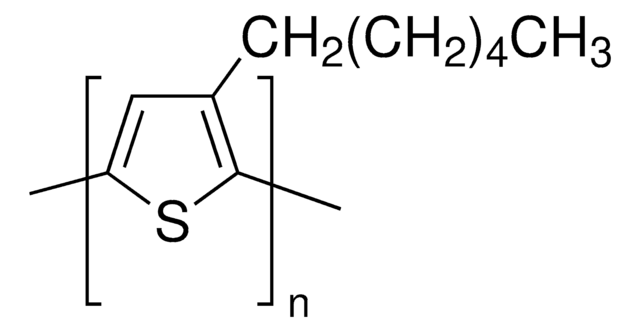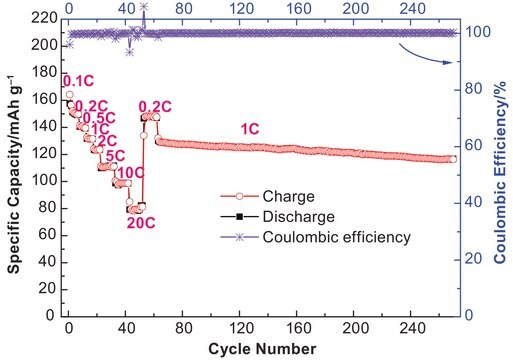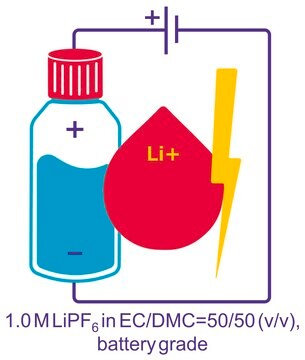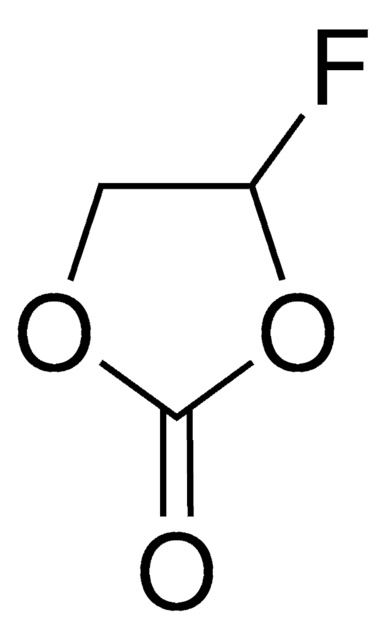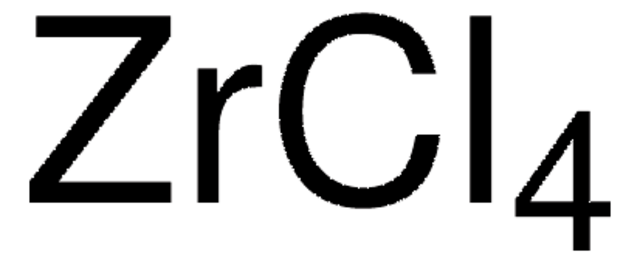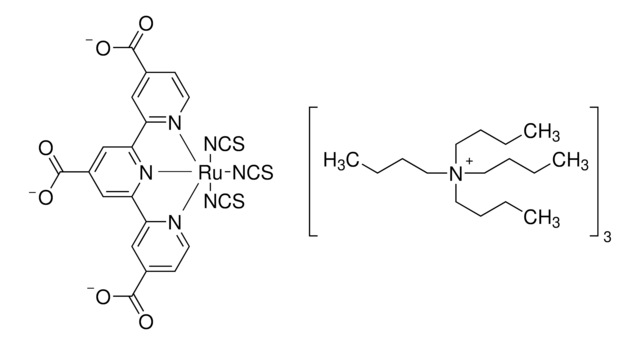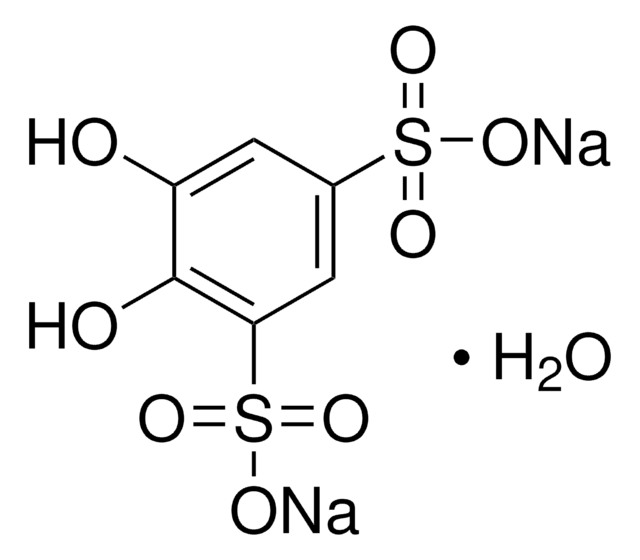791482
EL-HPE high performance electrolyte
Synonim(y):
Greatcell Solar®, EL-HPE, EL-HPE electrolyte
About This Item
Polecane produkty
Postać
liquid
kolor
semi-transparent amber
współczynnik refrakcji
n20/D 1.392
przewodność
16.5-18.5 mS/cm at 20 °C
gęstość
0.875 g/mL at 25 °C
Zastosowanie
Due to the low boiling point of the main solvent and the chemistry of the electrolyte mixture; EL-HPE will not provide best long term stability under standard solar conditions and/or under elevated temperature testing
Particularly suitable for glass or metal/glass substrate-based DSC systems.
Informacje prawne
Greatcell Solar is a registered trademark of Greatcell Solar Materials Pty Ltd.
Hasło ostrzegawcze
Danger
Zwroty wskazujące rodzaj zagrożenia
Zwroty wskazujące środki ostrożności
Klasyfikacja zagrożeń
Acute Tox. 4 Inhalation - Acute Tox. 4 Oral - Eye Dam. 1 - Flam. Liq. 2 - Skin Irrit. 2 - STOT RE 2 Oral - STOT SE 3
Organy docelowe
Respiratory system, Thyroid
Kod klasy składowania
3 - Flammable liquids
Klasa zagrożenia wodnego (WGK)
WGK 3
Temperatura zapłonu (°F)
46.4 °F
Temperatura zapłonu (°C)
8 °C
Wybierz jedną z najnowszych wersji:
Certyfikaty analizy (CoA)
Nie widzisz odpowiedniej wersji?
Jeśli potrzebujesz konkretnej wersji, możesz wyszukać konkretny certyfikat według numeru partii lub serii.
Masz już ten produkt?
Dokumenty związane z niedawno zakupionymi produktami zostały zamieszczone w Bibliotece dokumentów.
Klienci oglądali również te produkty
Produkty
Dye-sensitized solar cells (DSCs) are 3rd generation solar cells combining the promise of high efficiency with low production costs.
While dye sensitization as the basis for color photography has been accepted for a very long time,1 attempts to use this principle for the conversion of solar light to electricity generally had resulted only in very low photocurrents, below 100 nA/cm2.2
Nasz zespół naukowców ma doświadczenie we wszystkich obszarach badań, w tym w naukach przyrodniczych, materiałoznawstwie, syntezie chemicznej, chromatografii, analityce i wielu innych dziedzinach.
Skontaktuj się z zespołem ds. pomocy technicznej